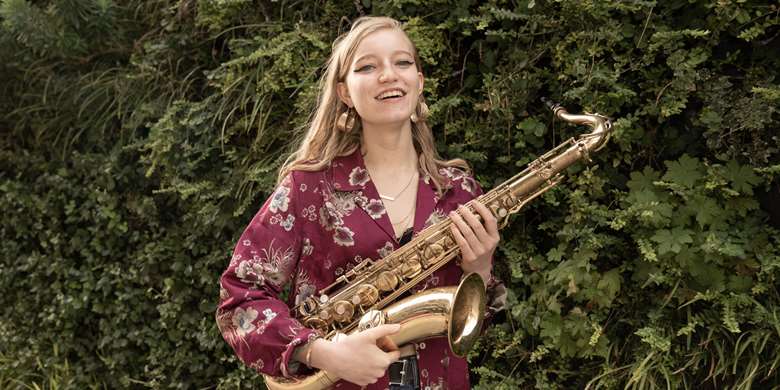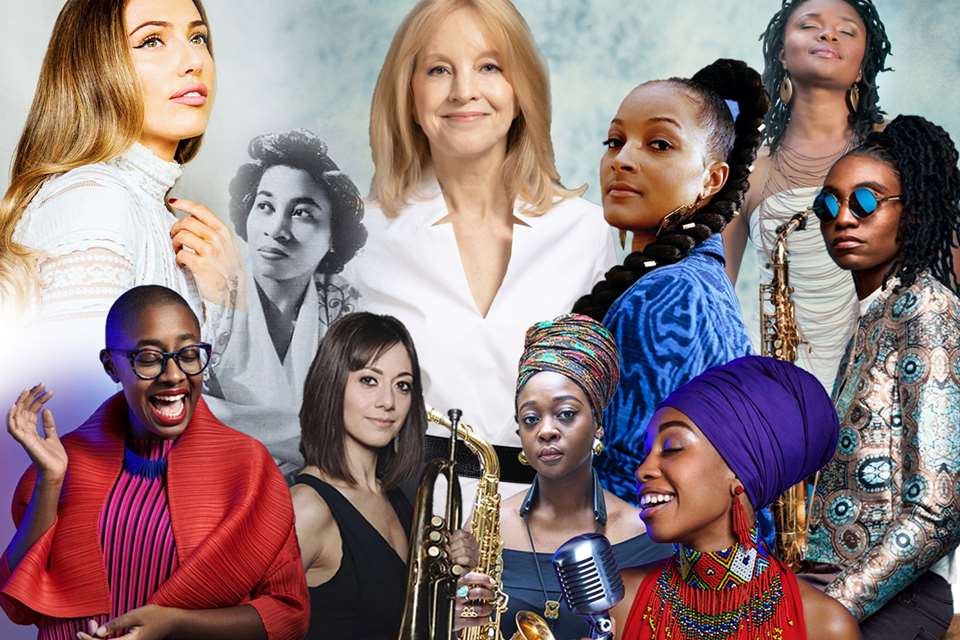Emma Rawicz: compose me a rainbow
Thursday, March 3, 2022
The ability to ‘see music in colour’ or ‘see colour in sound’ has a long history among performers and composers. Hugh Morris meets young saxophonist Emma Rawicz, the latest in a distinguished line of jazz synaesthetes


Register now to continue reading

Thank you for visiting Jazzwise.co.uk. Sign up for a free account today to enjoy the following benefits:
- Free access to 3 subscriber-only articles per month
- Unlimited access to our news, live reviews and artist pages
- Free email newsletter
